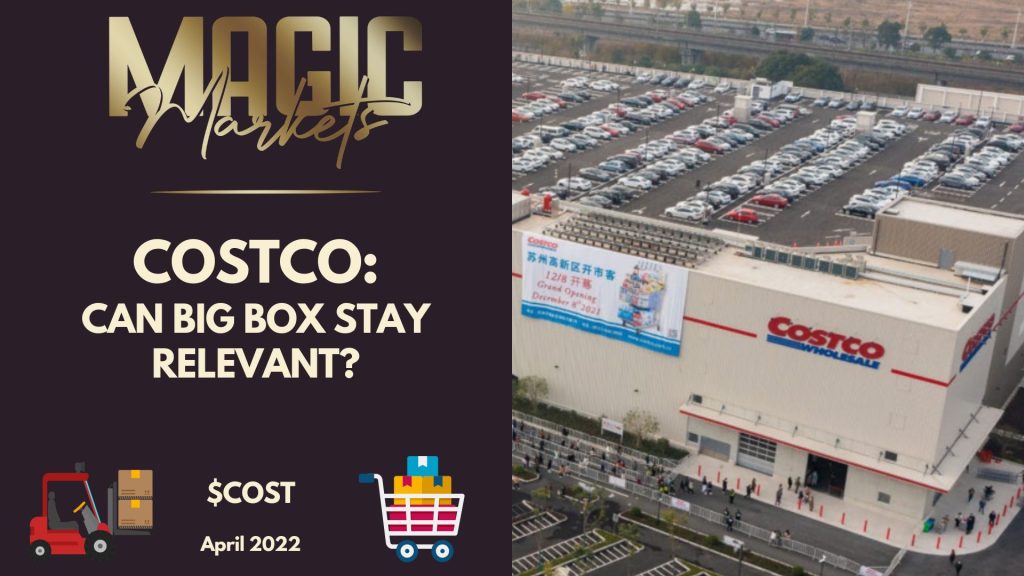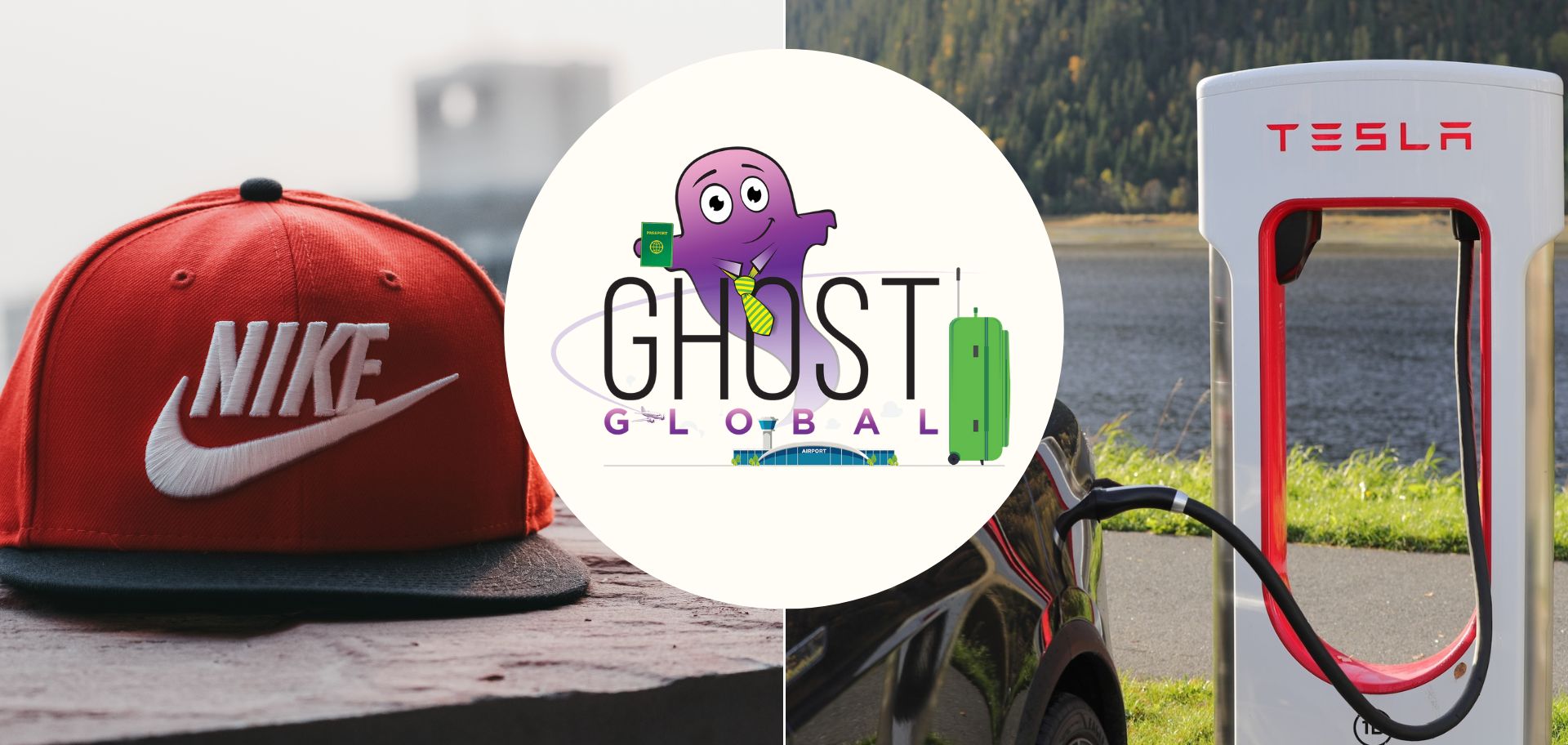In this week’s edition of Ghost Global, Ghost Grads Karel Zowitsky and Kreeti Panday bring us the latest on a variety of consumer facing stocks.
Beyond horrible
Bed, Bath & Beyond keeps capturing our imagination with awful numbers
Brace yourself. Bed, Bath & Beyond has reported a 400% worsening of its net loss, showing that things can always get worse even for listed companies. This was driven by a 28% drop in sales in the quarter ended August.
To compound internal struggles, the company is also subject to external pressures with supply chain costs negatively impacting gross margin by 380 basis points.
As we desperately look for any positives, it’s worth noting that this quarter saw the launch of the Welcome Rewards programme which is now at 6.3 million members. That gives an indication of the scale of the US consumer market. Another important point is that inventory has improved by double digits, thanks to “aggressive inventory optimisation actions” including markdowns and strategic promotions.
No matter how bad things get, the company somehow remains optimistic about the turnaround strategy. Much hope is being pinned on Buy Buy Baby, a chain of baby stores that the group believes can grow. To help with that growth, the company secured a $375 million loan in August. Improvements in the working capital situation also help with matters.
Still, this business is clearly in a world of hurt.
Costco feels the margin pinch
Inflationary pressures are clearly visible, yet Costco is delivering
In the quarter ended 28 August (the final quarter of the 2022 financial year), Costco has demonstrated what happens to retailers when inflation is higher. Typically, overall revenue improves and margin deteriorates based on changes in the underlying product mix.
Costco beat analyst expectations for revenue ($72.09 billion vs. $72.04 billion). In case you aren’t familiar with the model, $1.3 billion of that revenue is sourced from membership fees paid by Costco shoppers. This is a warehouse club model that offers great prices to members, so some of the gross margin is already locked in when subscriptions are paid.
Gross margin of 12% in this quarter is down from 12.9% in the comparable quarter, driven by a change in mix that has included higher fuel sales. Yes, one of Costco’s major selling points is that the retailer sells fuel (or “gas”) in the US, with that change in mix accounting for more than a 50 basis point decrease in the margin.
Despite the gross margin pressure, Costco managed to increase its earnings per share by 11.7%.
Costco normally increases its membership fees every five years. As a sign of the times, the company will hold off on those increases. As another sign of the times and as we look forward to the first post-Covid Christmas, Costco will be pulling out the tinsel and bringing in the holiday season early this year. This has less to do with holiday spirit and more to do with supply chain uncertainty.
If you’re interested in learning more about Costco, this company has been featured in Magic Markets Premium.

A tick on the shoes, a cross in the financials
Nike’s business model is coming under pressure and so is the share price
With a share price that has lost 46% of its value this year, Nike is proof that things can get ugly when bad multiples happen to good companies. With a macroeconomic environment that is presenting many challenges, Nike’s latest quarter is compared to a period last year when things were a lot easier.
An obvious pressure is on freight and logistic costs, with high fuel prices as a major challenge for any global supply chain. Speaking of supply chains and related volatility, Nike’s inventory levels have increased by a gigantic 44% to ensure that demand can be met. This isn’t great when demand is under pressure, as markdown sales can then lead to a lower gross profit margin.
Despite the strength of the direct-to-consumer model, the gross profit margin has fallen from 46.5% to 44.3%. The net impact is that gross profit itself has fallen by 1% to $5.615 billion. This isn’t good news when selling and administration costs are up by 10% and income taxes are up by 55%.
By the time you reach the bottom of the income statement, you find a net income number that is 22% lower year-on-year. Those who bought shares this year will wish they just hadn’t done it.
One small step for a robot, one giant leap for mankind?
For those who believe in the Tesla story, the future is now
Tesla held an AI Day last week Friday at which they unveiled their new prototype robot: Optimus.
The unveiling revealed how far Tesla has come with their design by showcasing a humanoid robot that can walk the stage and bust some dance moves – without any assistance. This is an interesting step for Tesla as it evolves from being just an electric vehicle manufacturer to something more.
The onboard computer is much the same as that used in the Tesla cars, so this is part of the broader push towards autonomous driving. These are the same cars that have allowed Tesla owners to send their dogs for a joy ride without actually needing to be in the car.
Trading on a P/E ratio of around 90x, which understandably is nauseatingly expensive for most investors, it cannot be denied that Tesla is an innovator. Whether that is a sustainable competitive advantage remains to be seen.
Elon Musk hopes to sell each Optimus robot for less than $20,000 as early as next year. Even the most dedicated Tesla fans must acknowledge that Musk is famously optimistic with his guidance of what they can achieve and by when. Time will tell on this one.



